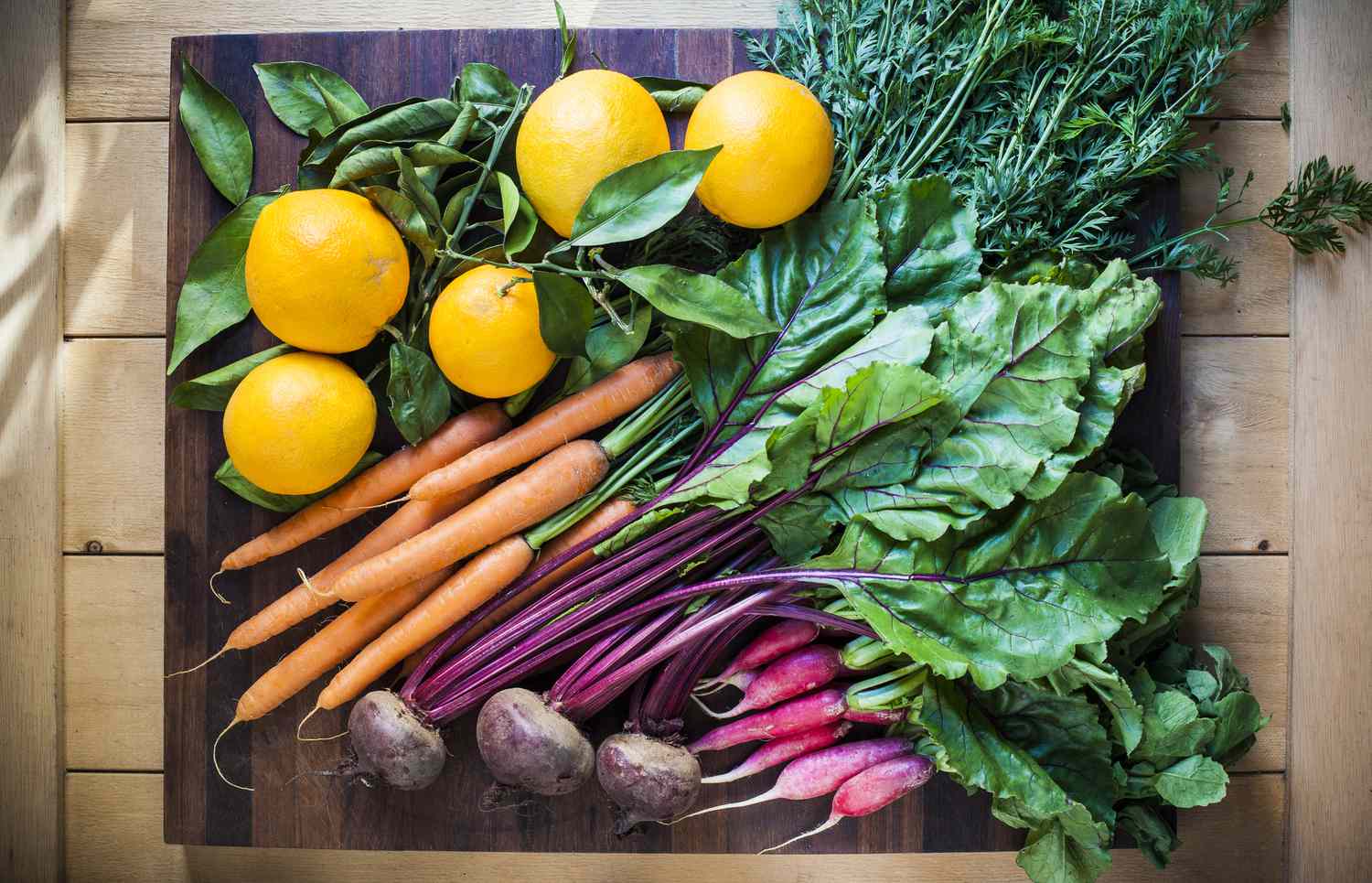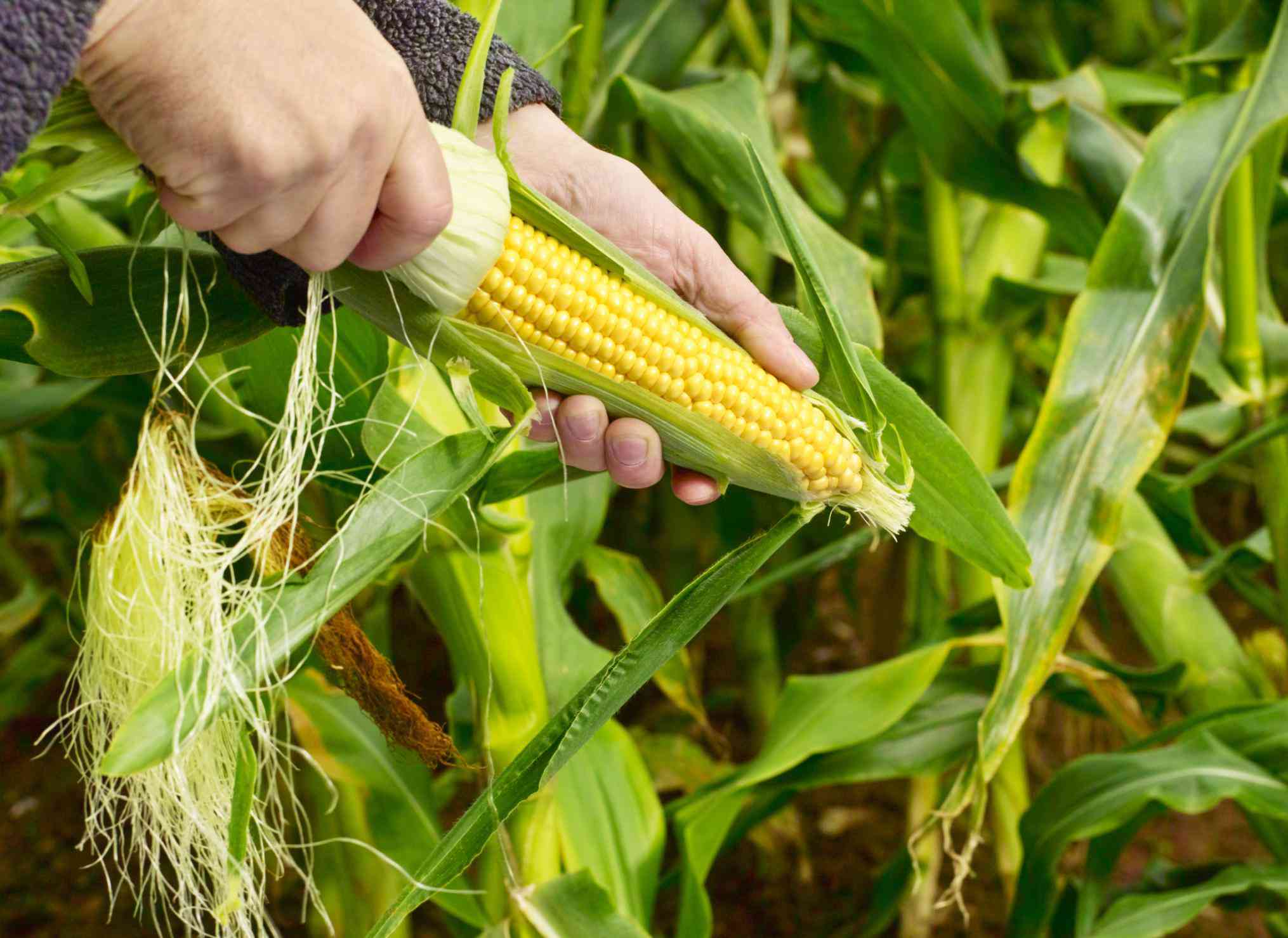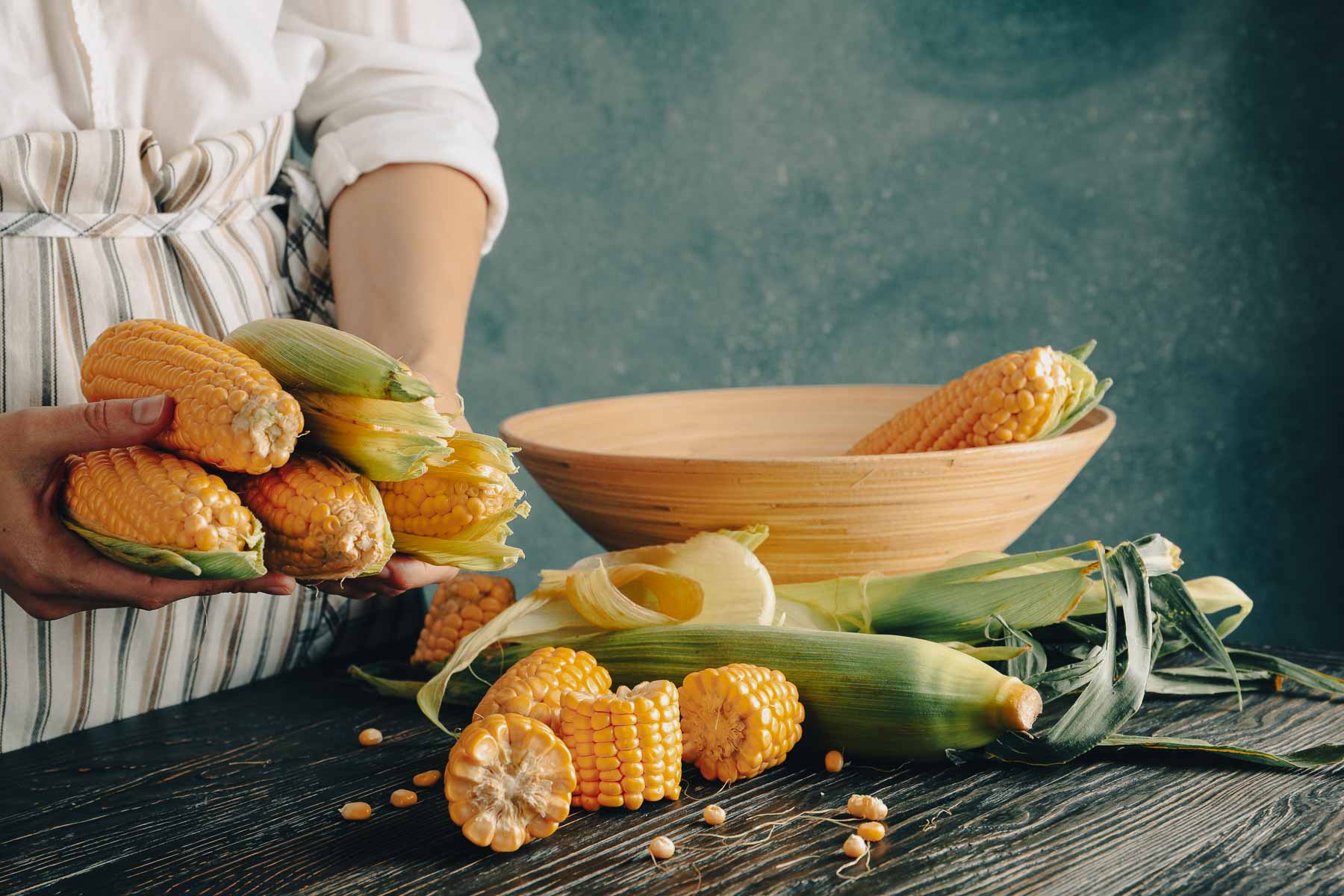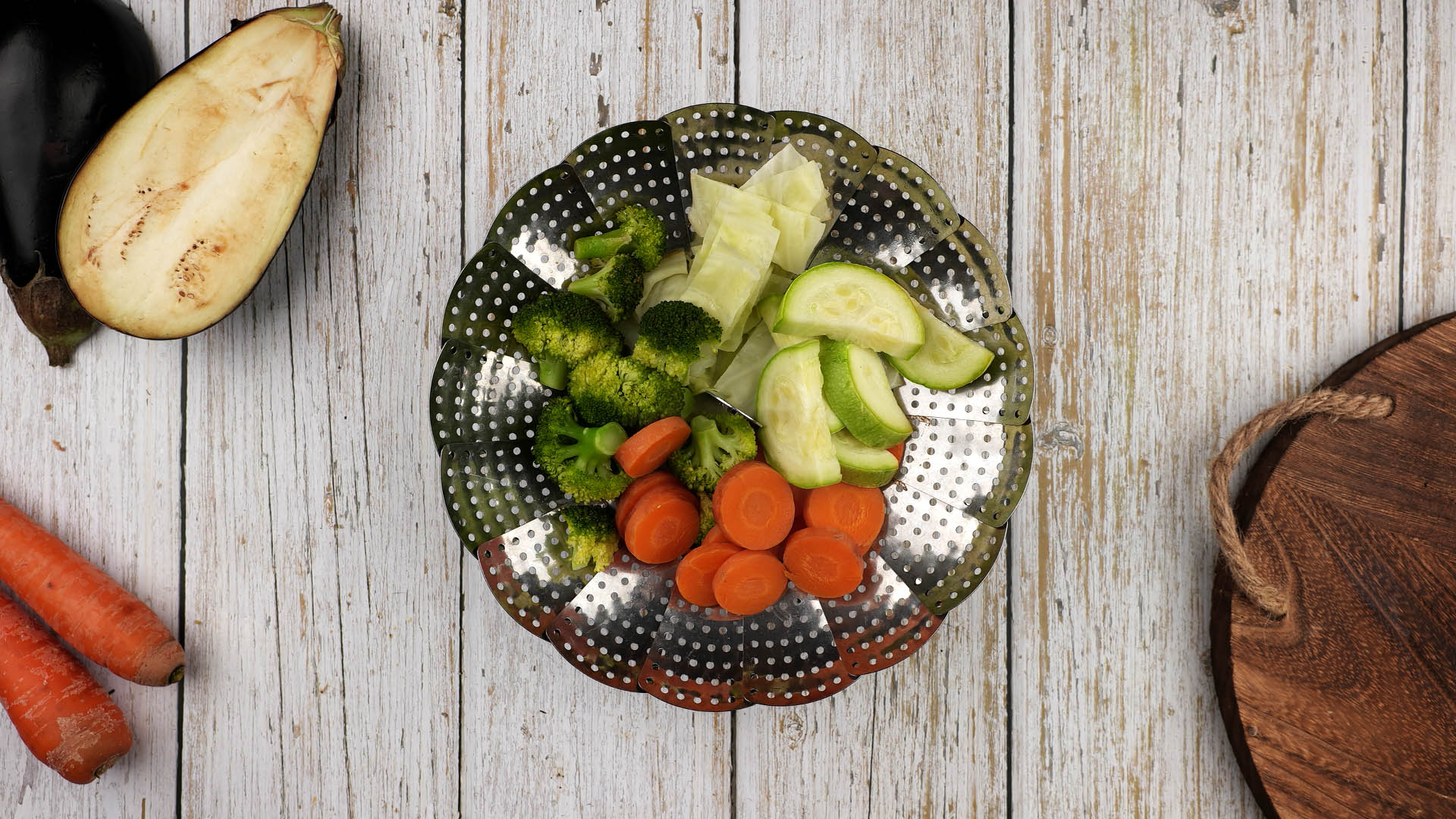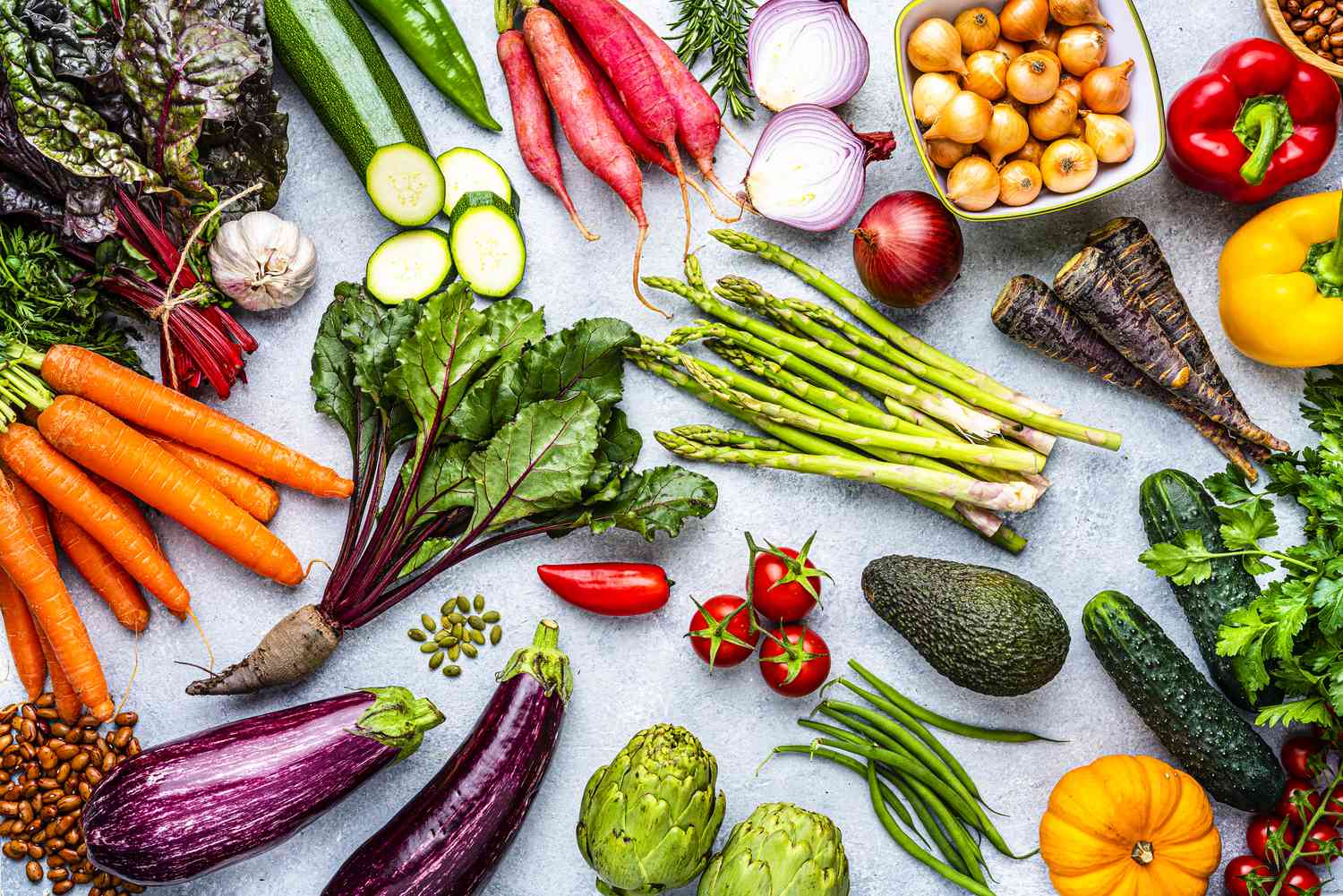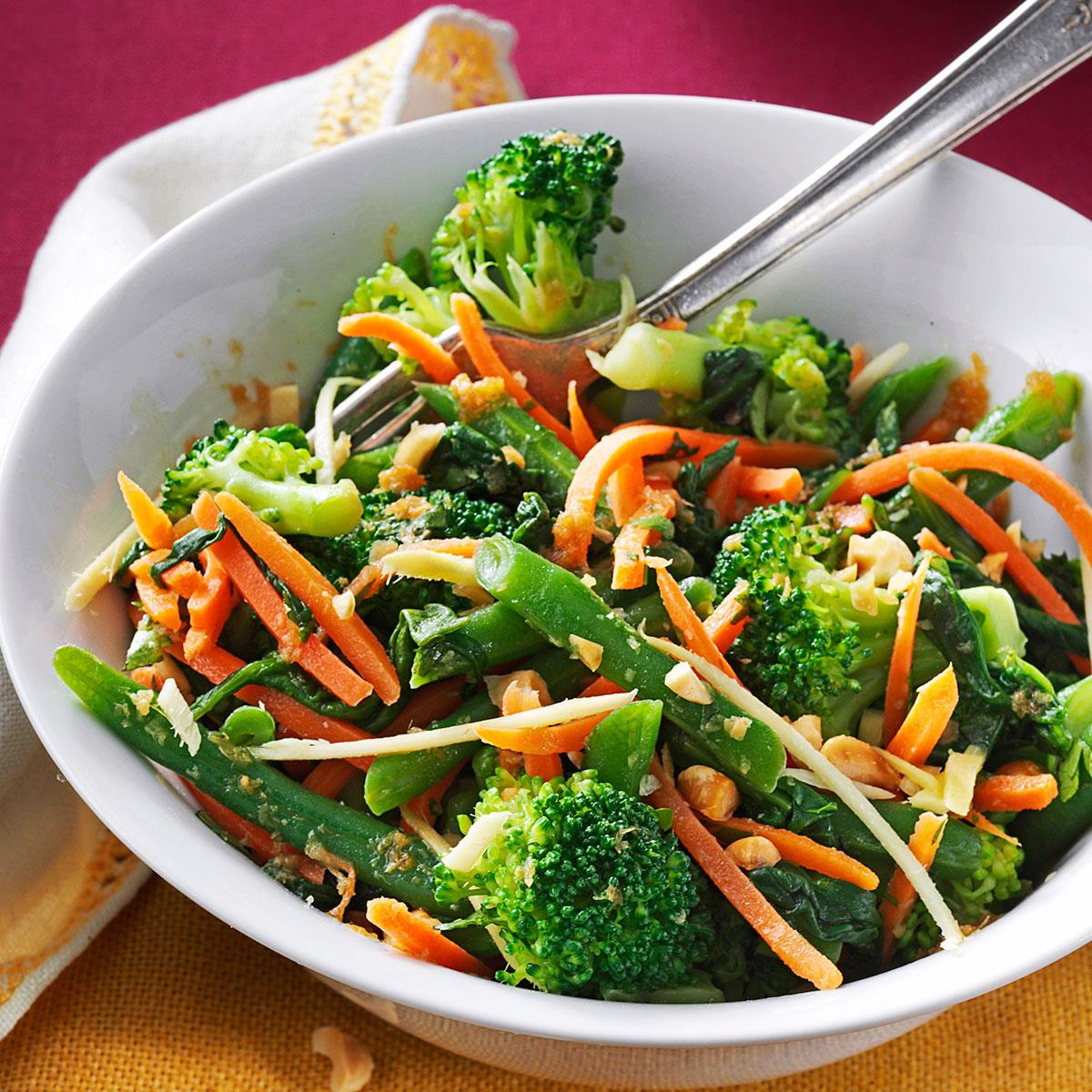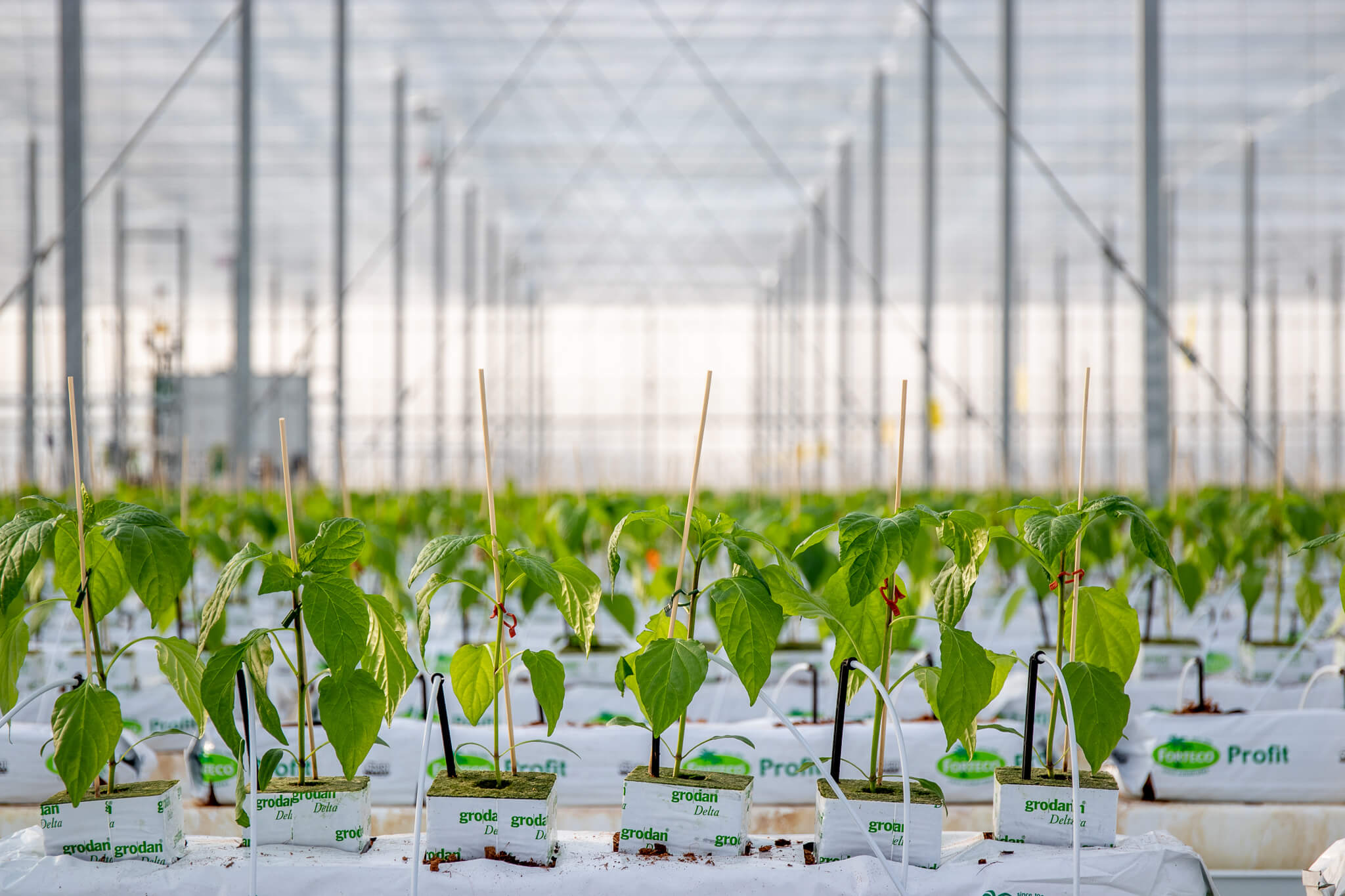Home>Gardening Techniques>Seasonal Gardening>When Is Planting Season For Corn
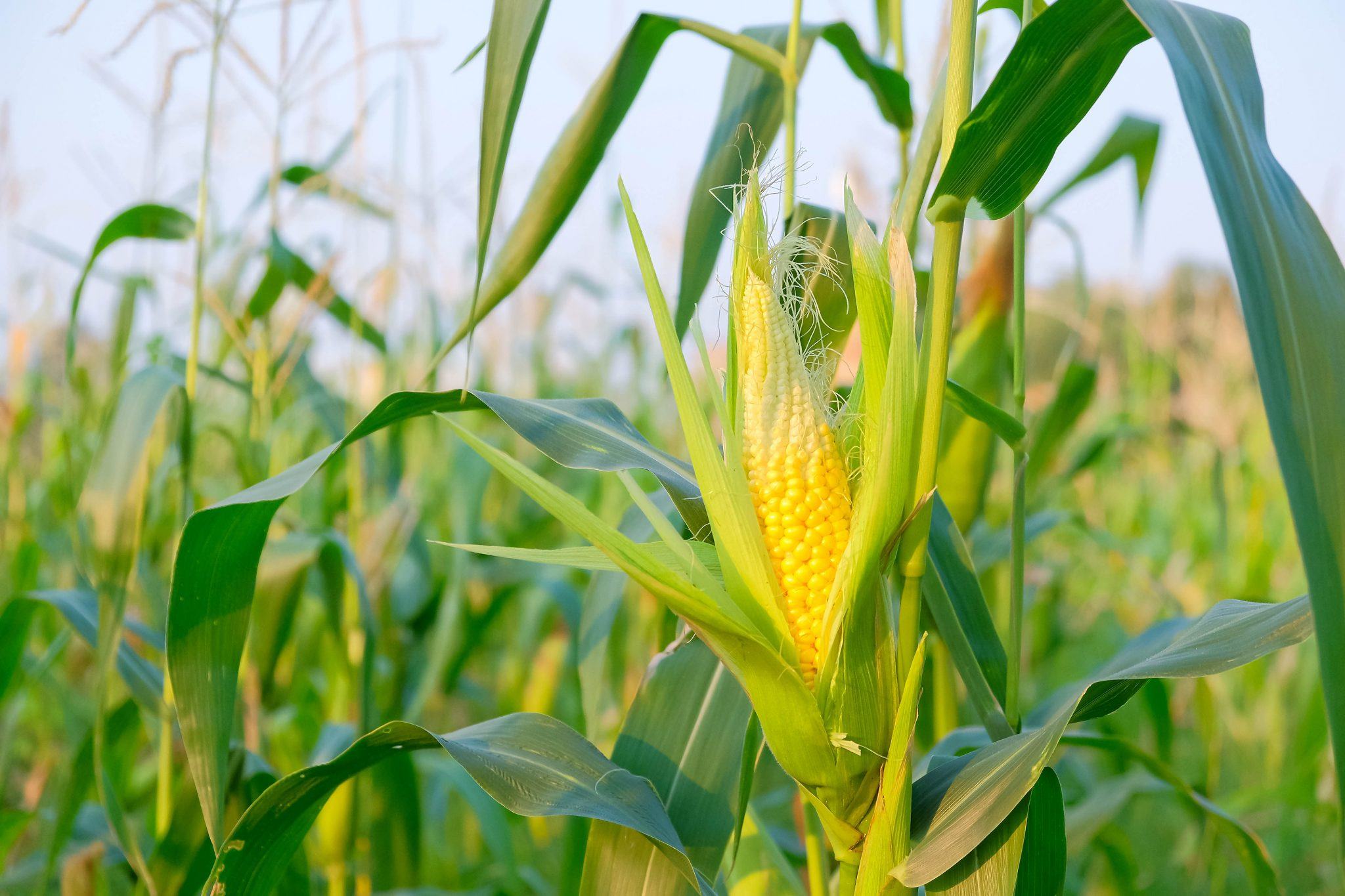

Seasonal Gardening
When Is Planting Season For Corn
Modified: January 22, 2024
Discover the best time to plant corn and get expert advice for seasonal gardening. Maximize your harvest with our planting season guide.
(Many of the links in this article redirect to a specific reviewed product. Your purchase of these products through affiliate links helps to generate commission for Chicagolandgardening.com, at no extra cost. Learn more)
Table of Contents
- Introduction
- Factors Affecting Planting Season for Corn
- Temperature and Frost Considerations
- Soil Moisture and Drainage
- Daylight Duration
- Recommended Planting Dates for Different Corn Varieties
- Importance of Proper Timing
- Preparing the Soil for Planting
- Seed Selection and Preparation
- Planting Techniques for Corn
- Conclusion
“
Introduction
Welcome to the wonderful world of seasonal gardening! If you have a green thumb and a love for nurturing plants, you’re in the right place. Gardening can be a rewarding and therapeutic hobby, allowing you to connect with nature and cultivate beautiful landscapes.
When it comes to seasonal gardening, understanding the planting seasons for different crops is crucial. In this article, we will focus specifically on the planting season for corn, a versatile and staple crop that is enjoyed around the world.
Corn, scientifically known as Zea mays, is a warm-season crop that requires specific conditions for optimal growth and productivity. Knowing when to plant corn is essential to ensure a successful harvest. Factors such as temperature, soil moisture, daylight duration, and corn variety play a significant role in determining the ideal planting season.
By understanding these factors and implementing proper planting techniques, you can maximize your corn yield and enjoy the fruits of your labor come harvest time.
Before diving into the details, it’s important to note that the planting season for corn can vary depending on your geographic location and climate zone. It’s crucial to consider your specific region’s weather patterns, frost dates, and average temperatures when determining the best time to plant corn.
Now, let’s explore the various factors that influence the planting season for corn and how to make the most out of this exciting endeavor!
“
“
Factors Affecting Planting Season for Corn
Several factors come into play when determining the ideal planting season for corn. Understanding these factors will help you make informed decisions and increase your chances of a successful harvest. Let’s take a closer look at each of them:
- Temperature and Frost Considerations: Corn is a warm-season crop that thrives in temperatures between 60-95°F (15-35°C). Planting too early when the soil is still cold can hinder germination and stunt the growth of corn plants. Additionally, corn is sensitive to frost, and planting before the last average frost date can result in damage or even complete crop loss. It’s crucial to check the frost dates for your region and ensure the soil temperature is consistently above 50°F (10°C) before planting.
- Soil Moisture and Drainage: Corn requires well-drained soil with adequate moisture for optimal growth. Planting in waterlogged or poorly drained soil can lead to root rot and other diseases. On the other hand, planting in overly dry soil can hinder germination and stunt the growth of corn. Before planting, assess your soil’s moisture levels and ensure proper drainage.
- Daylight Duration: Corn is a long-day plant, meaning it requires a specific duration of daylight to grow and develop. Generally, corn plants need at least 10-12 hours of daylight to thrive. Planting too early when daylight hours are insufficient can result in slow growth and low yields. Pay attention to the lengthening days of spring before planting corn.
- Recommended Planting Dates for Different Corn Varieties: Different corn varieties have different maturity lengths, and this influences the planting season. Refer to the seed packets or consult local agricultural extension services for recommended planting dates specific to the corn variety you are growing. This information is invaluable in ensuring you plant at the right time for your specific type of corn.
By considering these factors, you can determine the optimal planting season for corn in your area. Planning ahead and monitoring the weather conditions will greatly increase your chances of a successful harvest. Now that we have a good understanding of the factors influencing the planting season for corn, let’s explore the importance of proper timing in the next section.
“
“
Temperature and Frost Considerations
Temperature plays a critical role in the successful growth of corn. Corn is a warm-season crop that requires a consistent soil temperature of at least 50°F (10°C) for optimal germination and growth. Planting too early, when the soil is still cold, can lead to poor seed emergence and slow growth. It’s essential to wait until the soil has warmed up to ensure the best start for your corn plants.
Frost is another important consideration when it comes to planting corn. Corn plants are sensitive to frost, and exposure to freezing temperatures can cause significant damage or even kill young seedlings. It’s crucial to know the average date of the last spring frost in your area and wait until after this date to plant corn.
To determine the appropriate planting time, monitor your local weather forecasts and watch for any late frost warnings. Planting too early, even if the soil temperature is warm, can be risky if there is still a chance of frost. Waiting until the danger of frost has passed will ensure that your corn plants are not at risk of frost damage.
In some regions, farmers can utilize techniques such as plastic mulch or row covers to protect young corn plants from potential late frosts. These measures can provide an extra layer of protection and extend the growing season, allowing for earlier planting and higher yields. However, it’s essential to weigh the benefits against the costs and feasibility of implementing these methods.
On the other hand, planting corn too late in the season can also be detrimental. If corn does not have enough time to mature before the first fall frost, it may not reach its full potential, and the yields can be significantly reduced. It’s crucial to consider the time needed for your specific corn variety to reach maturity and aim for a planting date that allows sufficient growth and development.
By paying close attention to temperature and frost considerations, you can make well-informed decisions and ensure the best possible start for your corn plants. Next, let’s explore the importance of soil moisture and drainage in successful corn planting.
“
“
Soil Moisture and Drainage
The moisture level and drainage capabilities of the soil are crucial factors to consider when planting corn. Corn requires well-drained soil with adequate moisture to grow and produce a high yield. Understanding the moisture needs of corn and ensuring proper drainage are essential for the health and success of your crop.
Before planting corn, it’s important to assess the moisture level of the soil. Planting in overly wet or waterlogged soil can lead to poor root development, increased susceptibility to diseases, and stunted growth. On the other hand, planting in soil that is too dry can hinder germination and slow down the growth of corn plants.
To determine if the soil is ready for planting, perform a simple soil moisture test by taking a handful of soil and squeezing it tightly in your hand. If the soil crumbles easily and does not stay compacted, it indicates adequate moisture levels. However, if the soil remains compressed and forms a tight ball, it may indicate excessive moisture, requiring you to delay planting until the soil drains and dries out.
Proper drainage is equally important for corn plants. Improperly drained soil can result in waterlogged conditions, causing root rot and limiting nutrient uptake. Prairie soils or clay-heavy soils are particularly prone to poor drainage. If your soil does not naturally drain well, consider implementing drainage solutions such as raised beds, installing underground drainage tiles, or using raised mounds to improve water flow.
It’s important to note that the moisture needs of corn can vary throughout its growth stages. While corn requires adequate moisture for germination and early growth, it is also crucial to manage water stress during the crucial pollination period. Water stress during pollination can lead to poor kernel development and reduced yields.
Regularly monitoring soil moisture levels and applying irrigation when necessary will help ensure that your corn plants receive the appropriate amount of moisture throughout the growing season. Implementing mulching techniques can also help conserve soil moisture by reducing evaporation and weed competition.
By considering soil moisture and drainage, you can provide the ideal growing conditions for your corn plants. Next, let’s explore the importance of daylight duration when determining the planting dates for corn.
“
“
Daylight Duration
Daylight duration, also known as photoperiod, is an important factor to consider when determining the planting season for corn. Corn is a long-day plant, meaning it requires a specific duration of daylight to facilitate proper growth and development. Understanding the relationship between daylight and corn growth will allow you to choose the optimal planting dates.
In general, corn needs a minimum of 10-12 hours of daylight to thrive. This is particularly important during its vegetative stage as well as during the crucial reproductive stage when pollination occurs. Insufficient daylight during these stages can lead to slow growth, delayed maturity, and decreased yields.
As the days become longer during the spring season, corn plants receive more hours of sunlight, providing the energy needed for growth and reproduction. This period of increasing daylight duration is known as the lengthening days of spring, and it is an indication that the planting season is approaching.
By observing the lengthening days, you can gauge the right time to plant your corn. Waiting until the daylight hours have reached the minimum requirement ensures that your corn plants have the necessary conditions for healthy growth.
It’s important to note that daylight duration can vary depending on your geographic location and the time of year. The farther north you are, the longer the daylight hours during the summer months, providing an extended growing season for corn. Conversely, areas closer to the equator may have more consistent daylight throughout the year.
When planning the planting dates for your corn, consider the average daylight duration in your region during the growing season. Consult resources such as the Farmer’s Almanac or local agricultural extension services to determine the optimal planting window based on your specific location.
By aligning the planting dates with the appropriate daylight duration, you can give your corn plants the best chance to thrive. In the next section, we will explore the recommended planting dates for different corn varieties.
“
Recommended Planting Dates for Different Corn Varieties
When it comes to planting corn, it’s important to consider the recommended planting dates specific to the variety you are growing. Different corn varieties have varying maturity lengths, which determine the time required for the plants to reach maturity and be ready for harvest.
Consulting the seed packet or reaching out to local agricultural extension services can provide valuable information on the recommended planting dates for different corn varieties in your region. These dates are typically based on historical climate data and are tailored to optimize the growth and productivity of each specific variety.
Early-maturing corn varieties, also known as sweet corn, have a comparatively shorter time to maturity and are typically planted earlier in the season. They mature within 70 to 80 days and are generally more suitable for regions with shorter growing seasons or cooler climates.
Mid-season corn varieties, which have a maturity length of around 80 to 90 days, are a popular choice for many gardeners and farmers. These varieties offer a balance between early maturity and high yields, making them versatile options for different climates and regions.
Late-maturing corn varieties, with a maturity length of 90 to 100 or more days, are typically planted in regions with longer growing seasons and warmer climates. These varieties require a longer time to reach maturity, allowing for the maximum development of kernels and larger yields.
Considering your specific region’s frost dates, average temperatures, and the maturity length of your chosen corn variety will help you determine the appropriate planting dates. Balancing the time needed for the corn to mature with the length of your growing season is crucial for achieving optimal yields.
It’s important to note that these recommended planting dates are meant to serve as a guideline, and adjustments may need to be made based on local weather patterns and conditions. Actual planting dates can vary from year to year, depending on factors such as the severity and timing of late spring frosts or the arrival of early summer heatwaves.
By following the recommended planting dates specific to your corn variety, you increase the chances of having healthy and productive plants. In the next section, we will explore the importance of timing and discuss how to prepare the soil for planting corn.
Importance of Proper Timing
Proper timing is crucial when it comes to planting corn. Choosing the right time to plant ensures that the soil and weather conditions are optimal for germination, growth, and development. The importance of proper timing cannot be overstated, as it directly impacts the overall health and yield of your corn crop.
Planting too early can result in poor seed emergence and slow growth. If the soil temperature is too cold, the seeds may struggle to germinate, leading to weak and uneven plant stands. Additionally, early planting increases the risk of exposure to late frosts, which can cause severe damage or even complete crop loss.
On the other hand, planting too late can shorten the growing season and limit the corn’s ability to reach its full potential. If the corn doesn’t have enough time to mature before the first fall frost, the yields can be significantly reduced, and quality may be compromised.
By planting corn at the proper timing, you allow it to take advantage of the ideal growing conditions, such as optimal soil temperature, moisture levels, and daylight duration. This promotes vigorous growth, ensures proper pollination, and increases the chances of a successful harvest.
Proper timing also contributes to better disease and pest management. Planting within the recommended planting window allows for a healthier and more robust crop that is better able to fend off diseases and withstand pest pressures.
It’s important to consider your specific region’s climate, soil conditions, and the recommended planting dates for your corn variety. Local agricultural extension services, seed catalogs, and experienced local growers can provide valuable insights into the best planting window specific to your area.
A reliable way to determine the optimal time for planting corn is to keep track of the local average frost dates and monitor soil conditions, particularly soil temperature and moisture levels. By allowing the soil to warm up adequately and ensuring proper moisture, your corn crop will have the best chance of successful establishment and growth.
Remember, proper timing goes beyond just the planting date. It also includes other essential tasks such as preparing the soil, selecting and preparing seeds, and implementing appropriate planting techniques. We will cover these topics in the following sections to help you achieve optimal results with your corn crop.
Preparing the Soil for Planting
Preparing the soil is a critical step in ensuring the success of your corn crop. Proper soil preparation creates favorable conditions for seed germination, root development, and nutrient uptake. Here are some essential steps to follow when preparing the soil for planting corn.
1. Clear the area: Begin by removing any weeds, rocks, or debris from the planting area. These can interfere with seedling emergence and hinder plant growth.
2. Test the soil: Conduct a soil test to assess its nutrient composition and pH levels. This information will guide you in determining the appropriate fertilizers and amendments needed to optimize soil fertility and pH balance.
3. Amend the soil: Based on the soil test results, add organic matter like compost, well-rotted manure, or aged leaf mulch to improve soil structure, increase nutrient availability, and enhance drainage. Work the amendments into the top 6-8 inches of the soil.
4. Consider soil drainage: Corn does best in well-draining soil. If your soil has poor drainage, you may need to implement drainage solutions such as raised beds or improved irrigation practices to avoid waterlogged conditions.
5. Check soil moisture: Before planting, make sure the soil is slightly moist but not overly wet. Dig a small hole and feel the soil with your hand to gauge the moisture level. If the soil crumbles easily and doesn’t form a clump when squeezed, it is at the right moisture level for planting.
6. Till the soil: Use a garden tiller or a shovel to loosen the soil in the planting area. This will help break up any compacted soil and create a loose, friable seedbed for planting.
7. Address soil compaction: If the soil is heavily compacted, consider using a garden fork or a broadfork to gently loosen the soil without inverting the layers. This allows for better root penetration and nutrient absorption.
8. Level the soil: Rake the soil surface to ensure a level planting area. This promotes even water distribution and facilitates uniform growth of corn plants.
9. Remove weeds: Prior to planting, eliminate any weeds that may compete with your corn for nutrients, water, and sunlight. Regular weeding throughout the growing season is also essential.
By following these steps, you will create optimum conditions for your corn crop to flourish. Next, we will discuss seed selection and preparation, which are vital for a successful corn planting.
Seed Selection and Preparation
Selecting and preparing high-quality seeds is essential for a successful corn planting. Here are some important considerations when it comes to seed selection and preparation:
1. Choose the right variety: Select a corn variety that is best suited for your specific growing conditions, such as climate, soil type, and the length of your growing season. Consider factors like yield potential, disease resistance, and maturity length when making your selection.
2. Purchase from reputable sources: Obtain your corn seeds from reliable sources such as reputable seed companies or trusted local suppliers. This ensures that you are getting seeds of known quality and purity.
3. Check for seed viability: Before planting, conduct a seed viability test to determine the percentage of viable seeds. Place a sample of seeds between two damp paper towels, keep them in a warm area, and check for germination after a few days. Discard any seeds that do not show signs of germination.
4. Seed treatment: Consider seed treatments to protect against seed-borne diseases and pests. Some treatments include fungicides or insecticides that can enhance seedling vigor and protect against early-season threats.
5. Seed spacing and planting rate: Follow the recommended seed spacing and planting rate for your specific corn variety. This ensures that the plants have enough space to grow and receive adequate nutrients and sunlight.
6. Seed inoculation: If you are planting legume corn varieties, consider inoculating the seeds with a rhizobium bacteria inoculant. This enhances nitrogen fixation in the soil, promoting healthier plant growth and reducing the need for additional nitrogen fertilization.
7. Seed depth and planting depth: Plant the seeds at the appropriate depth, typically around 1.5-2 inches deep. Planting too shallow can result in poor seed-to-soil contact and hinder germination, while planting too deep can delay emergence and weaken seedlings.
8. Seed spacing: Plant the seeds at the recommended spacing for your specific corn variety. This allows for optimal light penetration and airflow between plants, reducing the risk of disease and promoting healthy crop growth.
9. Manage seedling diseases: To minimize the risk of seedling diseases, ensure proper drainage, and avoid overwatering. Additionally, rotate your corn crop with other non-related crops to break disease cycles.
By carefully selecting and preparing your corn seeds, you are setting the foundation for a successful planting. In the next section, we will discuss planting techniques for corn to make the most out of your seeds and ensure optimal growth and yield.
Planting Techniques for Corn
Proper planting techniques are crucial for setting your corn crop up for success. Here are some important planting techniques to consider:
1. Timing: Plant corn when soil temperatures have consistently reached at least 50°F (10°C) and there is no longer a risk of frost. This ensures optimal germination and growth.
2. Row spacing: Determine the appropriate row spacing for your corn variety. Typically, row spacing of 30-36 inches is common, providing sufficient space for individual plants to grow and access nutrients and sunlight.
3. Planting depth: Plant corn seeds at a depth of about 1.5-2 inches in well-prepared soil. Ensure proper seed-to-soil contact for optimal germination and root establishment. Planting too shallow or too deep can adversely affect seedling emergence.
4. Seed spacing: Follow the recommended seed spacing for your specific corn variety. Maintain uniform spacing between seeds within each row to optimize plant growth and allow for adequate light penetration and airflow.
5. Fertilizer application: Prior to planting, incorporate a balanced fertilizer into the soil based on soil test recommendations. Pay special attention to supplying adequate nitrogen and phosphorus for optimal growth and yield.
6. Starter fertilizer: Consider using a starter fertilizer at planting time. Starter fertilizers help provide essential nutrients to young corn seedlings, promoting early root establishment and vigorous growth.
7. Weed control: Control weeds before and after planting to reduce competition for nutrients, water, and sunlight. Use cultivation, mulching, or herbicides to keep weed populations in check.
8. Irrigation: Provide adequate moisture during the germination and early growth stages. Once established, monitor soil moisture and provide irrigation when needed, particularly during dry spells.
9. Pests and diseases: Monitor for pests and diseases regularly and implement appropriate management strategies. Scout for common corn pests such as corn earworms, cutworms, and stalk borers. Treat as necessary to minimize damage.
10. Crop rotation: Rotate your corn crop with other non-related crops each year to reduce the risk of disease and pest buildup and maintain soil health and fertility.
11. Mulching: Consider using organic mulch, such as straw or wood chips, around the base of the corn plants. Mulch helps conserve soil moisture, suppress weed growth, and regulate soil temperature.
By employing these planting techniques, you can ensure optimal growth, minimize weed and pest pressures, and set the stage for a successful corn harvest. In the following section, we will share some final thoughts on seasonal gardening and the rewards it brings.
Conclusion
Congratulations! You are now equipped with valuable knowledge on the seasonal gardening practices specific to planting corn. Understanding the factors that influence the planting season, such as temperature, frost considerations, soil moisture, and daylight duration, is essential for achieving successful results.
By properly timing your planting, preparing the soil, selecting and preparing high-quality seeds, and implementing the right planting techniques, you can maximize the growth and yield of your corn crop.
Remember, gardening is a continuous learning process. Each year, you’ll gather more insights and gain experience that will help you fine-tune your techniques and achieve even better results. Don’t hesitate to consult local resources, fellow gardeners, and agricultural extension services for personalized advice based on your specific geographic location and growing conditions.
As you embark on your corn planting journey, embrace the joy and rewards that come with seasonal gardening. Witnessing the transformation of tiny seeds into flourishing corn plants, enjoying homegrown produce, and connecting with nature are unparalleled experiences that bring immense satisfaction.
So, roll up your sleeves, dig into the earth, and take pleasure in the beauty and abundance of a seasonal garden. With proper planting techniques, dedication, and a touch of creativity, your corn crop is bound to thrive, filling your garden and table with the sweet rewards of your labor.
Happy gardening and may your corn plants grow tall, strong, and yield an abundant harvest!
